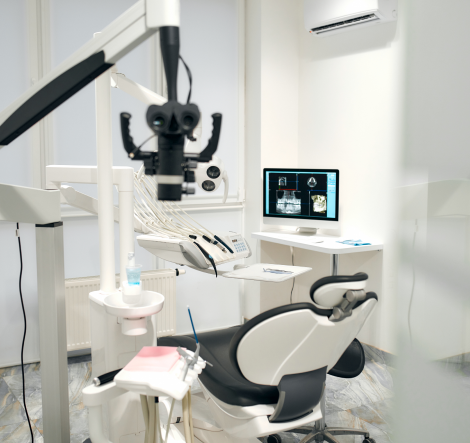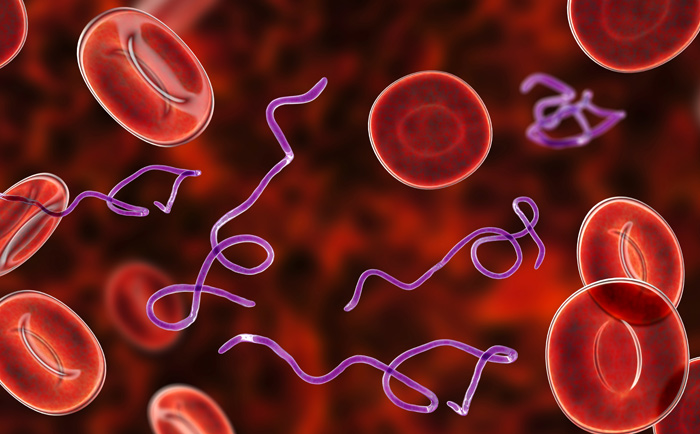Anaplasmosis
Anaplasmosis is the second most common tick-borne disease in the U.S.
What Is Anaplasmosis?
Anaplasmosis is an infectious disease caused by the bacterium Anaplasma phagocytophilum, which infects white blood cells. Anaplasmosis symptoms can be subtle or severe and often resemble those seen with Lyme disease. And, like Borrelia burgdorferi (the bacterium that causes Lyme disease),
Anaplasmosis is an infectious disease caused by the bacterium Anaplasma phagocytophilum, which infects white blood cells. Anaplasmosis symptoms can be subtle or severe and often resemble those seen with Lyme disease. And, like Borrelia burgdorferi (the bacterium that causes Lyme disease),
What Is Anaplasmosis?
Medical Facility
The primary purpose of a medical facility is to provide medical care, treatment, and diagnosis for patients.
Experienced Doctor
Experienced doctors have extended medical practice, typically with significant clinical experience.



What Is Anaplasmosis?
Anaplasmosis is an infectious disease caused by the bacterium Anaplasma phagocytophilum, which infects white blood cells. Anaplasmosis symptoms can be subtle or severe and often resemble those seen with Lyme disease. And, like Borrelia burgdorferi (the bacterium that causes Lyme disease),
Since Anaplasma infects white blood cells, it can survive in donated blood and may be unknowingly transmitted through blood transfusions or organ transplants, though this is rare.
Since ticks can carry multiple pathogens, a single bite can transmit not only Lyme disease but other infectious agents, like Anaplasma, Babesia or Bartonella. According to the CDC, between 5 – 10% of patients with Lyme may also be co-infected with Anaplasma. In some high-risk regions such as Wisconsin, studies have found that up to 20% of Lyme disease patients also test positive for anaplasmosis.
A study by LymeDisease.org found that over 50% of people with chronic Lyme disease have at least one co-infection, with about 30% reporting two or more. Among these, anaplasmosis ranks as one of the two most common Lyme co-infections — alongside babesiosis — especially in regions where blacklegged ticks are widespread.

Because co-infections can intensify the severity of illness, early recognition and treatment for both Lyme disease and anaplasmosis are essential. Addressing anaplasmosis symptoms and providing prompt treatment with the appropriate antibiotics, typically doxycycline, can improve outcomes and prevent serious complications.
Anaplasmosis is on the rise in the US

How Anaplasmosis Is Diagnosed and Treated
Anaplasmosis symptoms overlap with many other illnesses, making the disease challenging to diagnose. But early recognition is crucial. Without timely treatment, anaplasmosis can progress and lead to more serious complications, including respiratory failure, bleeding problems, organ failure, or even death.
While anyone can get anaplasmosis, children under the age of 5, people aged 65 and older and those with weakened immune systems are at higher risk for severe illness.
A diagnosis is based on your symptoms and medical history, including exposure to ticks. Laboratory testing can confirm the diagnosis and may include PCR testing to detect DNA of the bacteria or antibody tests. Blood counts often show low white blood cells, low platelets, and abnormal liver function tests.
Patients treated early usually recover quickly with antibiotics. More severe cases may require hospitalization or even intensive care.
Anaplasmosis symptoms typically appear 1 – 2 weeks after a tick bite and include:
Fever
Chills
Severe Headache
Muscle aches
Joint pain
Fatigue
Gastrointestinal symptoms (nausea, vomiting, diarrhea, loss of appetite) can occur in approximately 20% of the cases, according to the CDC.
Neurologic problems (in severe cases)
Rash (uncommon)
Note: Blood donor screening for Babesia microti (one of many species) is currently required in the following states: Connecticut, Delaware, Maine, Maryland, Massachusetts, Minnesota, New Hampshire, New Jersey, New York, Pennsylvania, Rhode Island, Vermont, Virginia, Wisconsin, and Washington, DC.
References
- Swanson M, Pickrel A, Williamson J, Montgomery S. Trends in Reported Babesiosis Cases — United States, 2011–2019. MMWR Morb Mortal Wkly Rep 2023;72:273–277. DOI: http://dx.doi.org/10.15585/mmwr.mm7211a1
Take the first step towards understanding tick-borne disease with an exclusive guide to something here, all backed by world-leading science.

More Lyme Basics

Our Facilities
What Facilities We Provide
Medical Facility
The primary purpose of a medical facility is to provide medical care, treatment, and diagnosis for patients.
Experienced Doctor
Experienced doctors have extended medical practice, typically with significant clinical experience.
Blood Bank
A blood bank stores and preserves blood and blood components for transfusions.

Our Facilities
What Facilities We Provide
Medical Facility
The primary purpose of a medical facility is to provide medical care, treatment, and diagnosis for patients.
Experienced Doctor
Experienced doctors have extended medical practice, typically with significant clinical experience.
Blood Bank
A blood bank stores and preserves blood and blood components for transfusions.




